Beautiful Self-Seeding Flowers You Only Have To Plant Once
Many beautiful flowers are annuals, meaning they grow for one year and then die. Replanting these each year can sometimes be expensive. However, growing flowers from seeds is a great alternative as it's very low cost. Just because you plant them once doesn't mean you'll have to re-plant them each. Some plants self-seed quite easily and will come back year after year with very little effort on your part. Many of these flowers also attract pollinators, such as bees and butterflies, to your garden.
Poppies
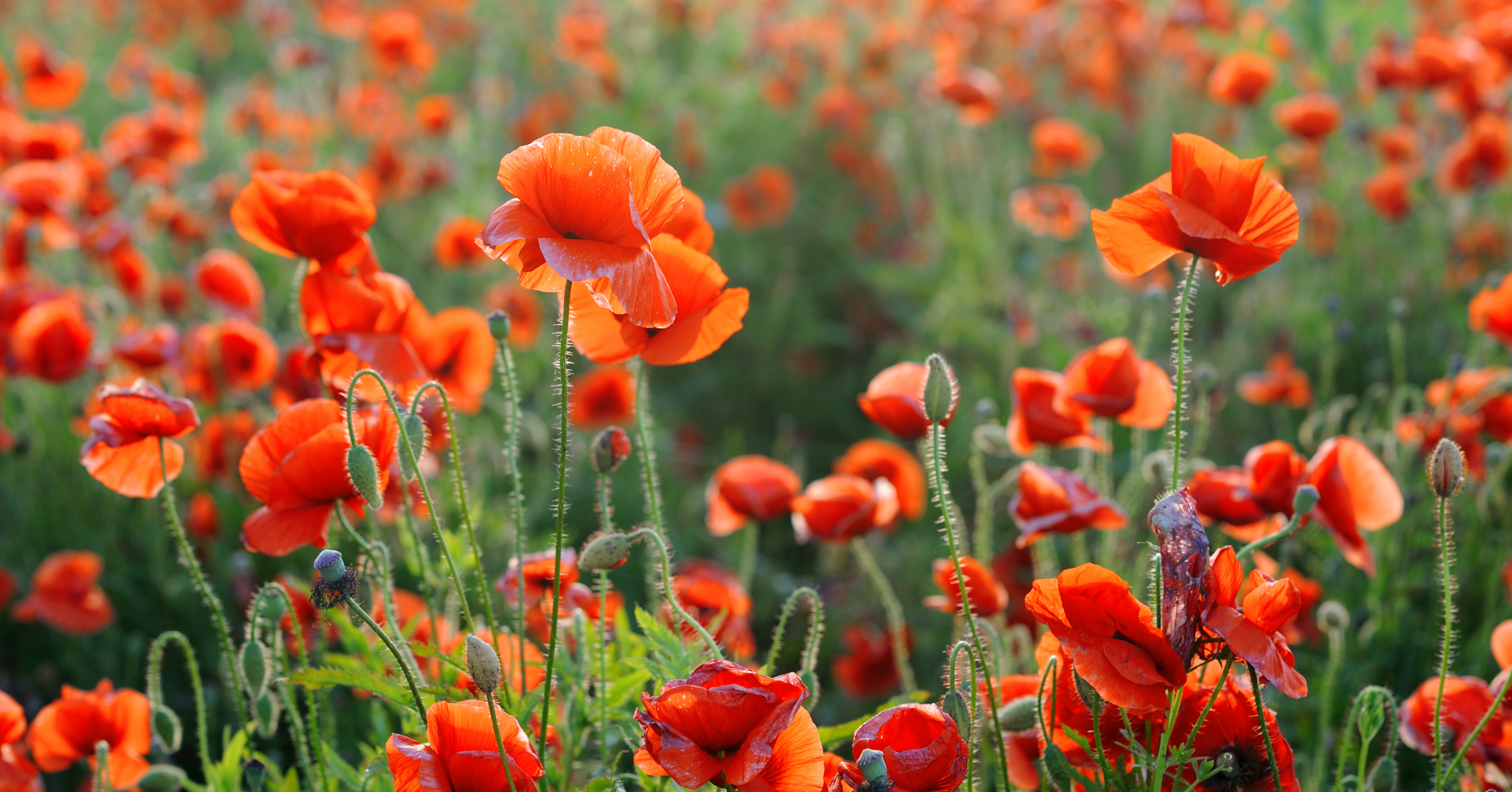
These stunning flowers with papery thin petals are a great addition to any garden. They produce a large seed pod that allows them to grow back year after year, despite being annuals. You'll notice fuzzy stems and buds that open up into bright red-orange flowers and then turn into unusually shaped seed pods, making these plants interesting at every stage. Make sure to give them plenty of room to grow, and keep your eye out for garden-friendly insects such as bees and butterflies who are attracted to these flowers.
Black-Eyed Susans
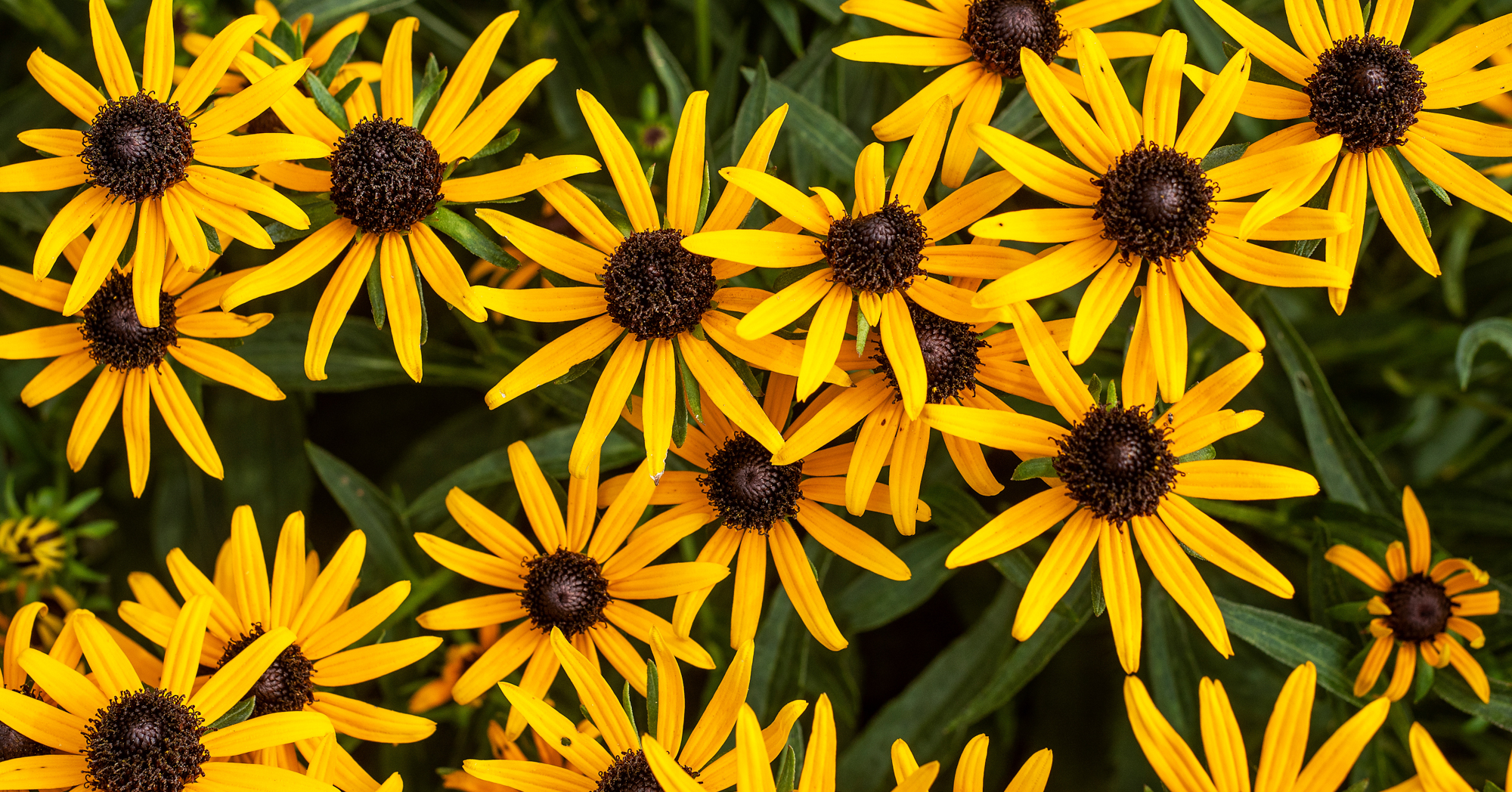
Bright yellow with dark centers, these daisy-like flowers are easy to grow and will re-seed year after year, so you don't have to worry about replanting them. For those in dry climates, Black-Eyed Susans are a great option as they don't need water frequently once they're established. You'll get these bright, sunny flowers from June to August to attract and feed pollinators.
Alyssum
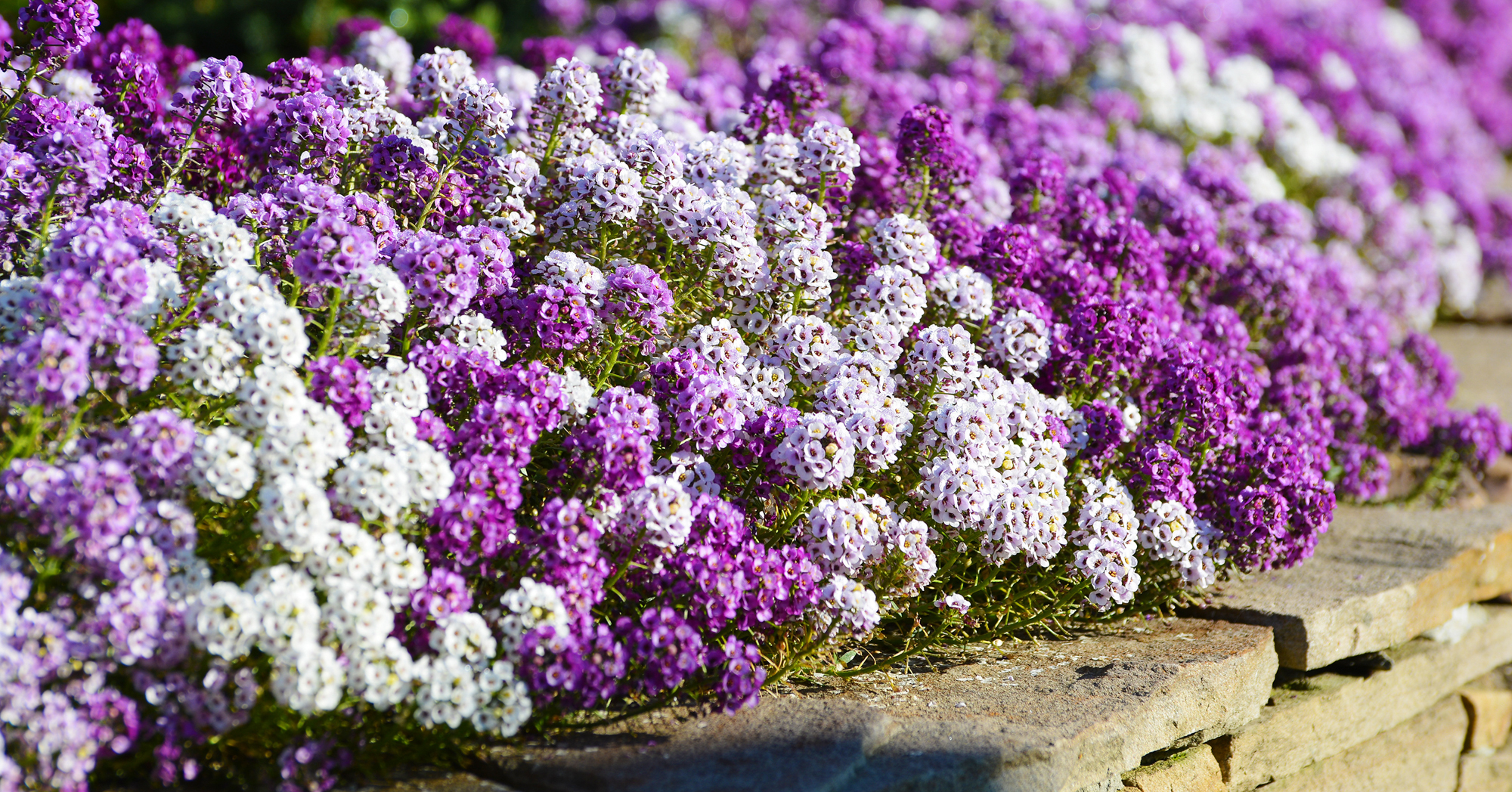
Alyssum, Lobularia maritima, is a popular drought-tolerant plant that easily self-seeds each year. It is known for having a sweet fragrance and small, delicate flowers. While not a typical groundcover, Alyssum is great for filling in gaps in your garden and works well along borders and walkways. It spreads easily, so be sure to cut it back or remove some plants if you find it growing anywhere you don't want it. You'll find Alyssum flowers in a variety of colors, including white, purple, and pink.
Nasturtium
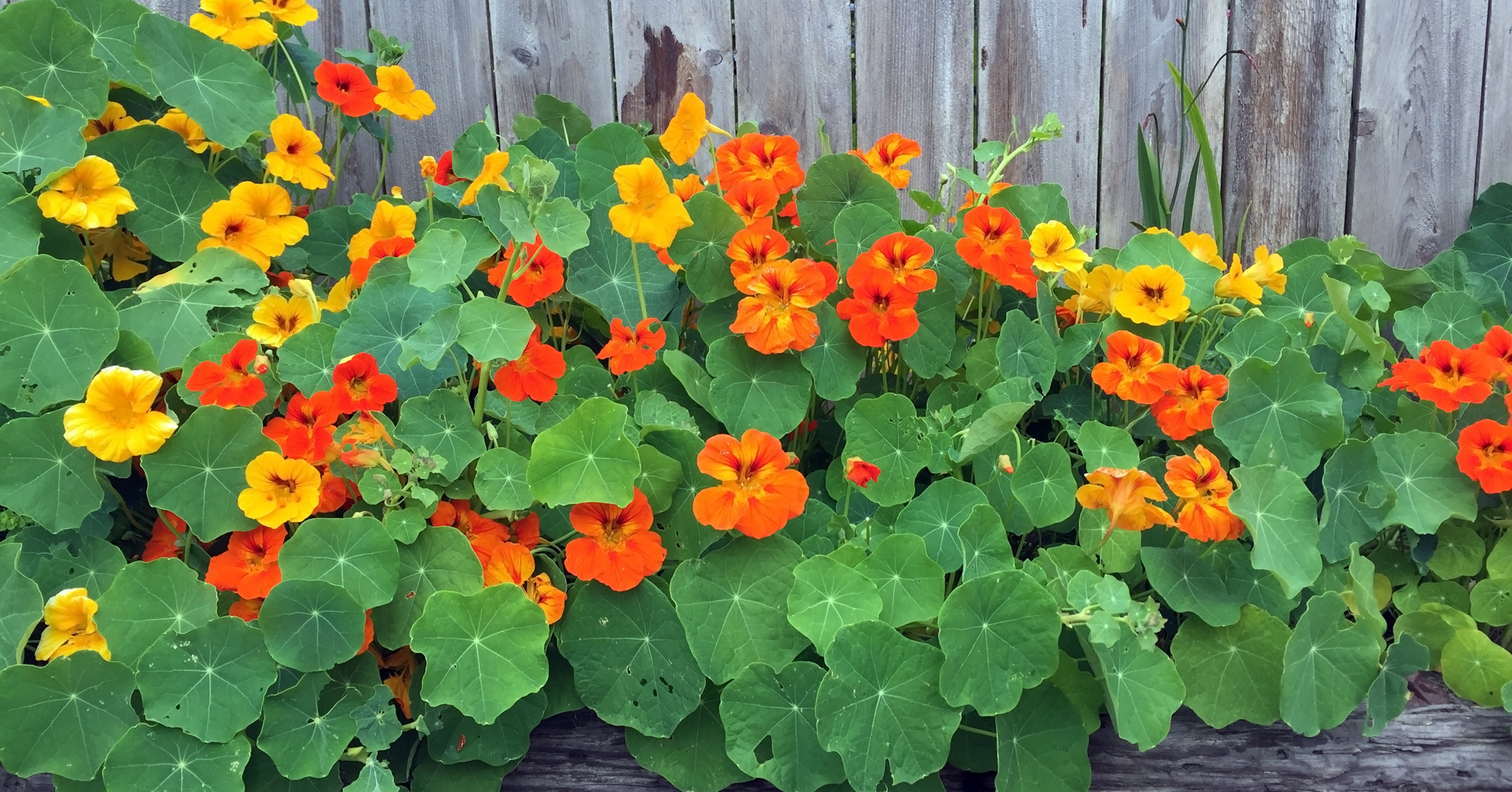
If you want a plant that self-seeds easily, looks great in your garden, attracts pollinators, and is edible, Nasturtiums are a great option. These flowers are generally bright orange and yellow and are among some of the easiest plants to grow from seed. At the end of their blooming season, they'll drop seeds that will sprout again in the spring. Both the flowers and leaves are edible and filled with nutrients. Many people enjoy adding these to their summer salads.
Forget-Me-Not
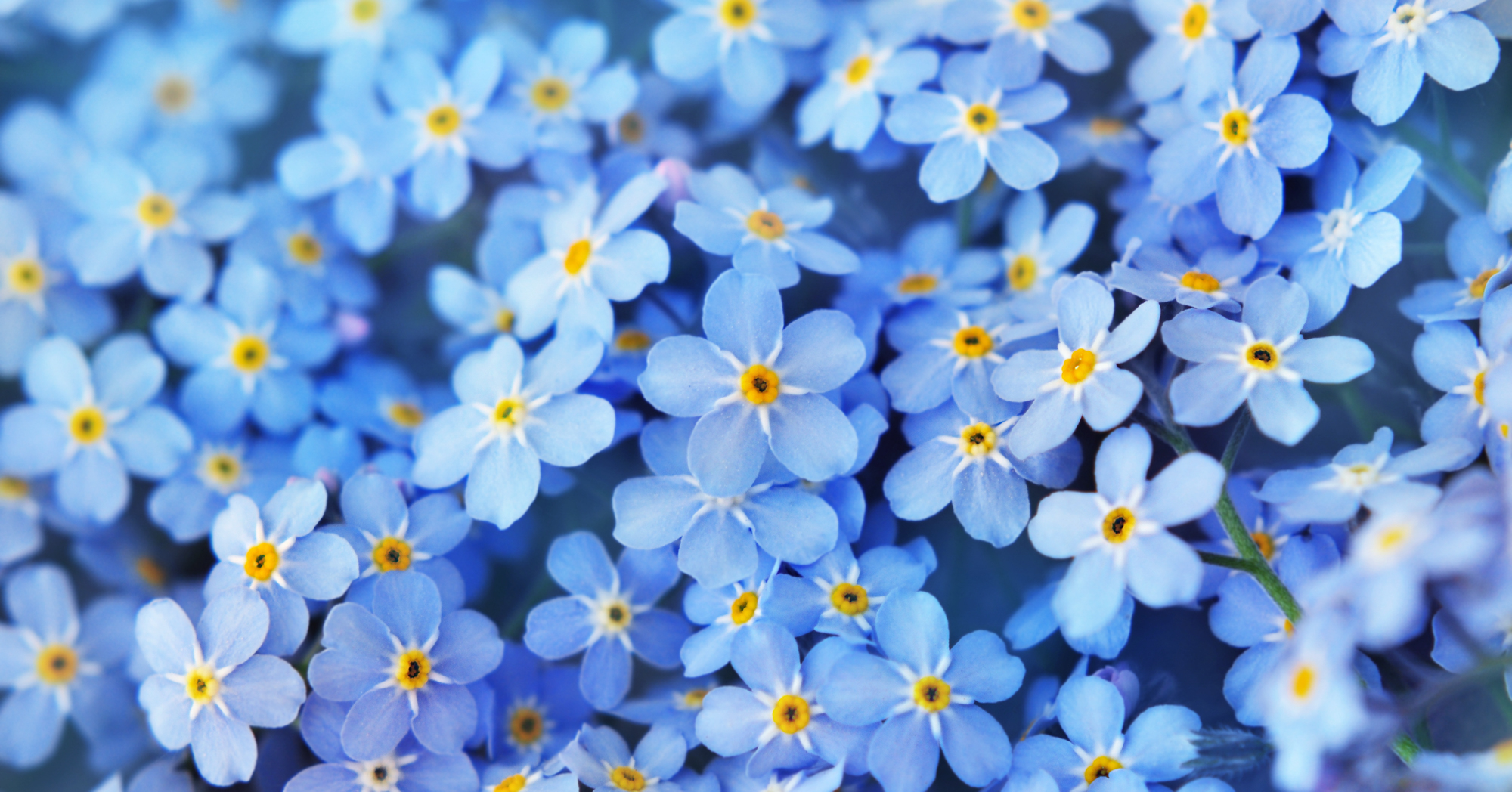
While many plants in this list are quite tall or have long stems, Forget-Me-Nots are the opposite. These small, blue, dainty flowers form a carpet of blossoms in the spring. These are best kept in a damp, shady area with rich soil. If you enjoy pressing flowers for craft projects, Forget-Me-Nots are a great option. Planting these in large groups will produce beautiful foliage. Deer generally won't eat these flowers, but bees and butterflies love them.
Cosmos
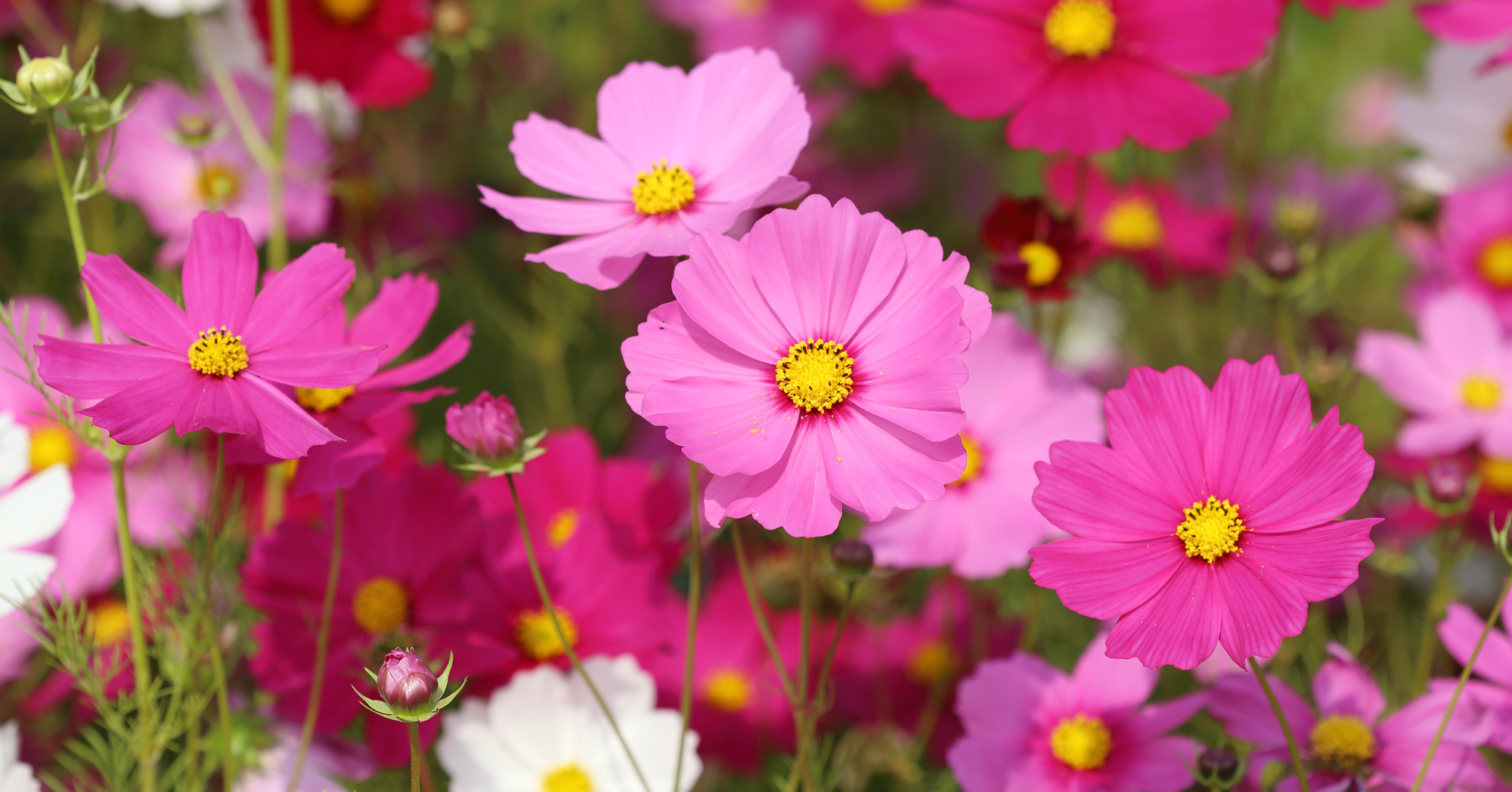
These brightly colored annual flowers produce many colorful flowers that attract butterflies and bees. They self-seed easily, adding beautiful flowers to your garden year after year. Cosmos are especially great for growing in hot, dry climates. They are low maintenance, and the flowers last a long time. You'll also find they work quite well in cut flower arrangements.
Nigella
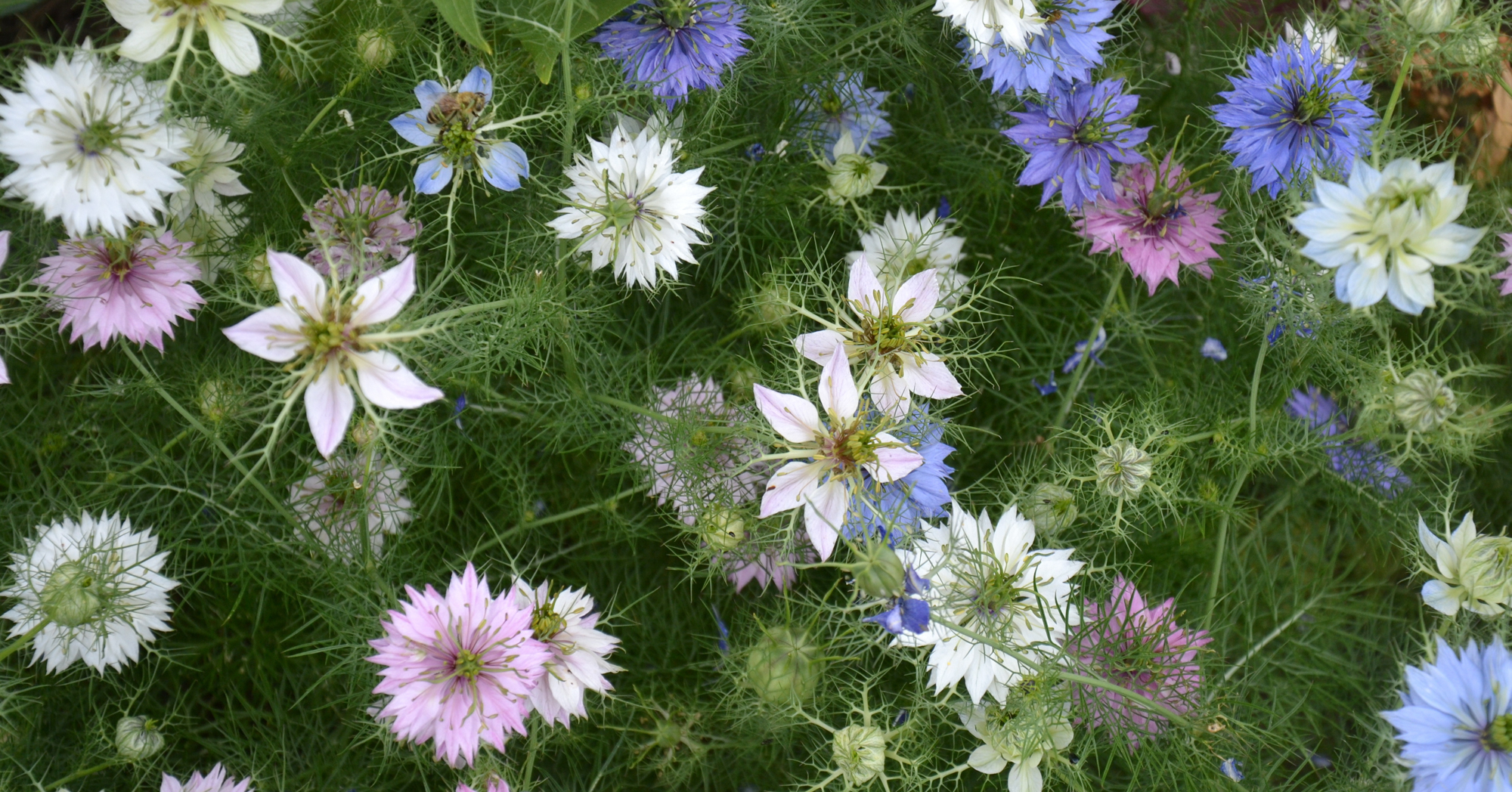
This plant has several names, including "Love in a Mist" and "Devil in the Bush." Nigella has very delicate, intricate flowers with feather-like foliage. While it self-seeds easily, this plant does not grow well in high heat. Ensure you keep it cool and well-watered, and you'll have blooms during the spring and early summer. This plant works well to fill in gaps or empty spaces in your garden and can help it look more lush and green.
Verbena
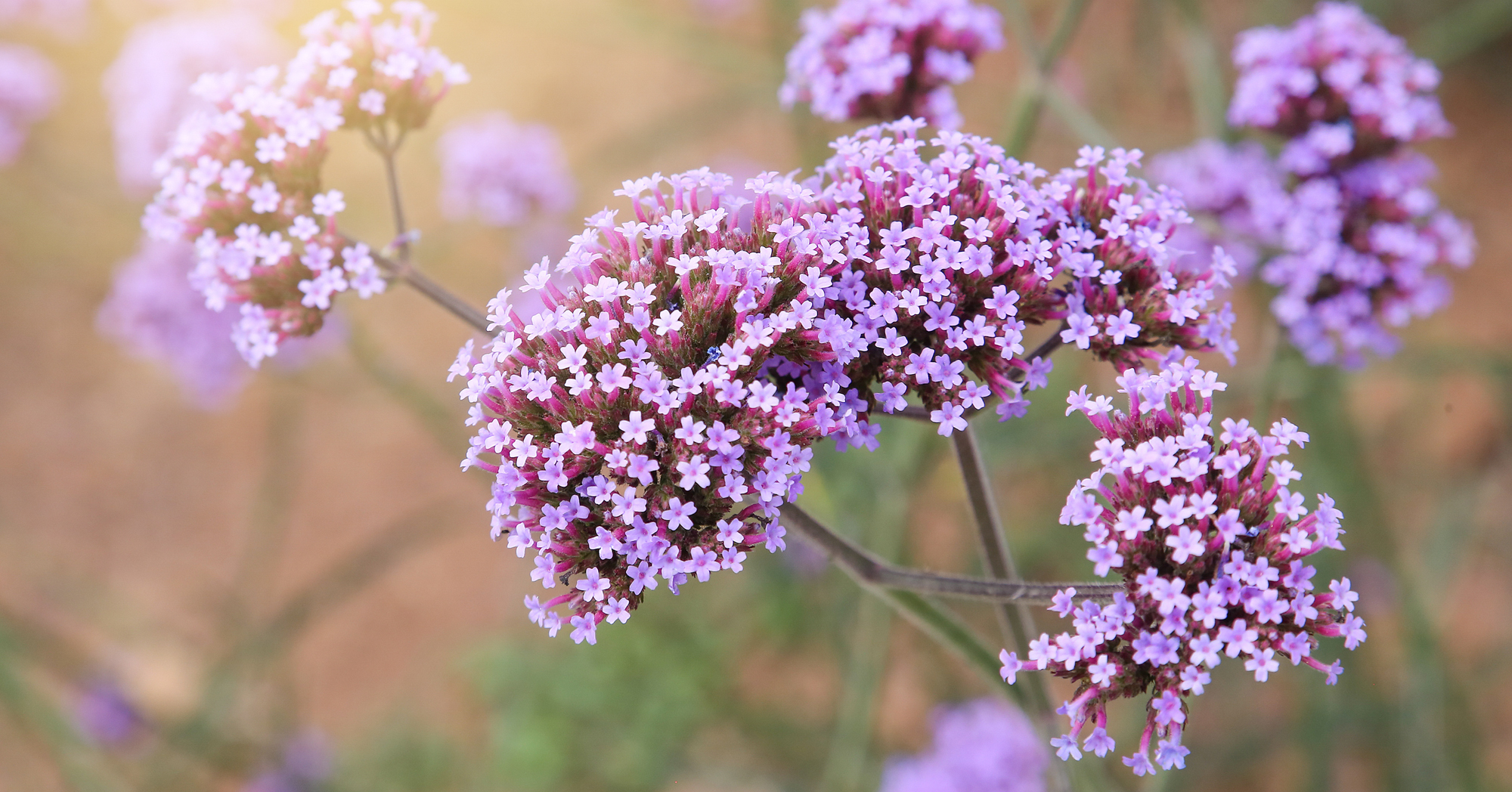
The colorful flowers of Verbena last a long time and are popular plants for pollinators. You'll find these flowers in purple, pink, blue, peach, and even combinations of colors. These flowers form in small clusters but will nearly cover all the foliage at peak flowering in the summer. Verbena is generally considered to be drought tolerant and grows best in full sun.
Sweet William
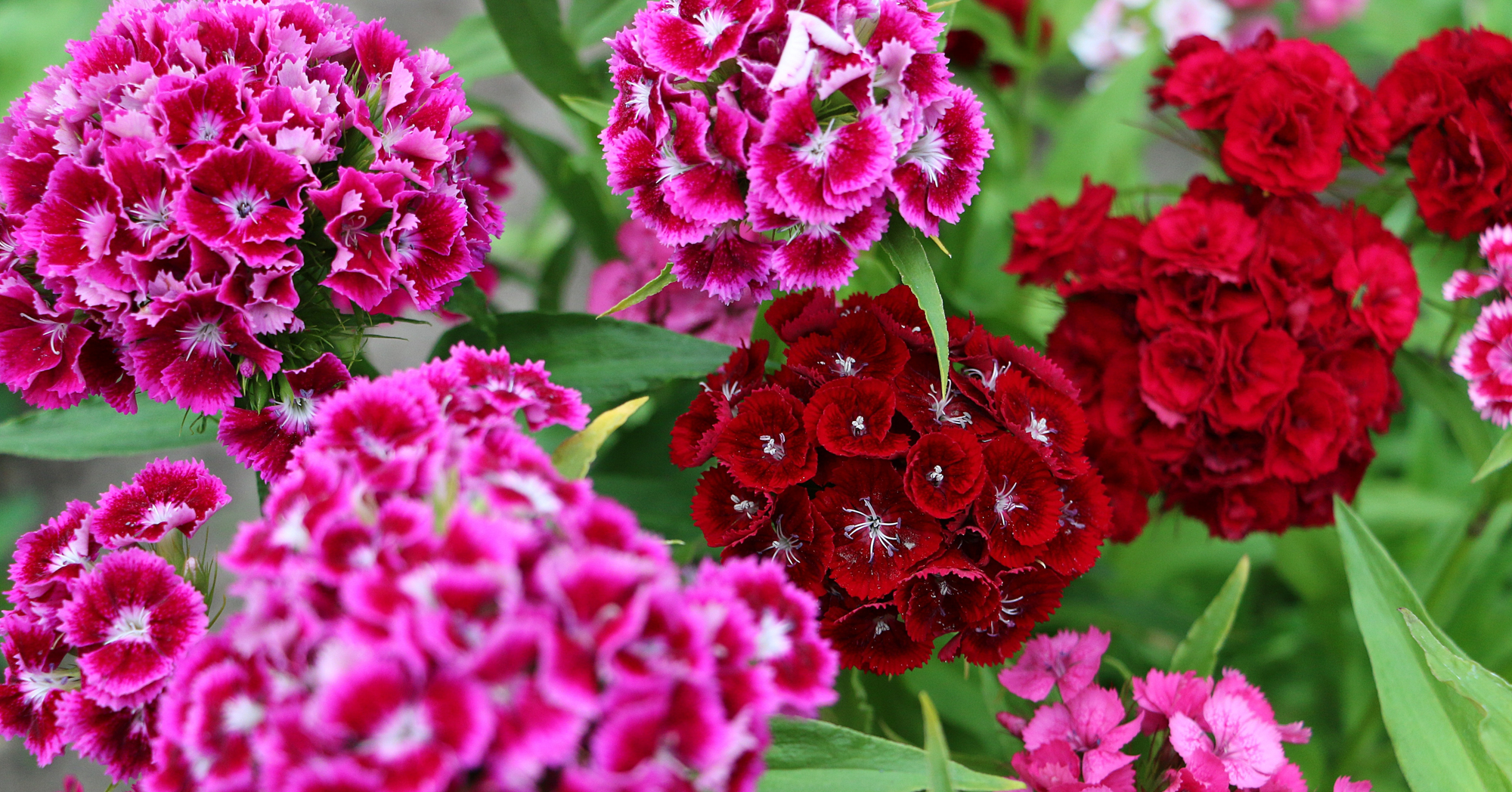
Dianthus, or Sweet William, flowers are quite striking. They are often multi-colored. The shape of the petals is reminiscent of pencil shavings, but these clusters of flowers are quite fragrant and a popular choice for adding color to the garden. Dianthus grows well in well-draining soil but prefers to be watered regularly. They can grow in partial or full sun in moderately warm weather.
Borage
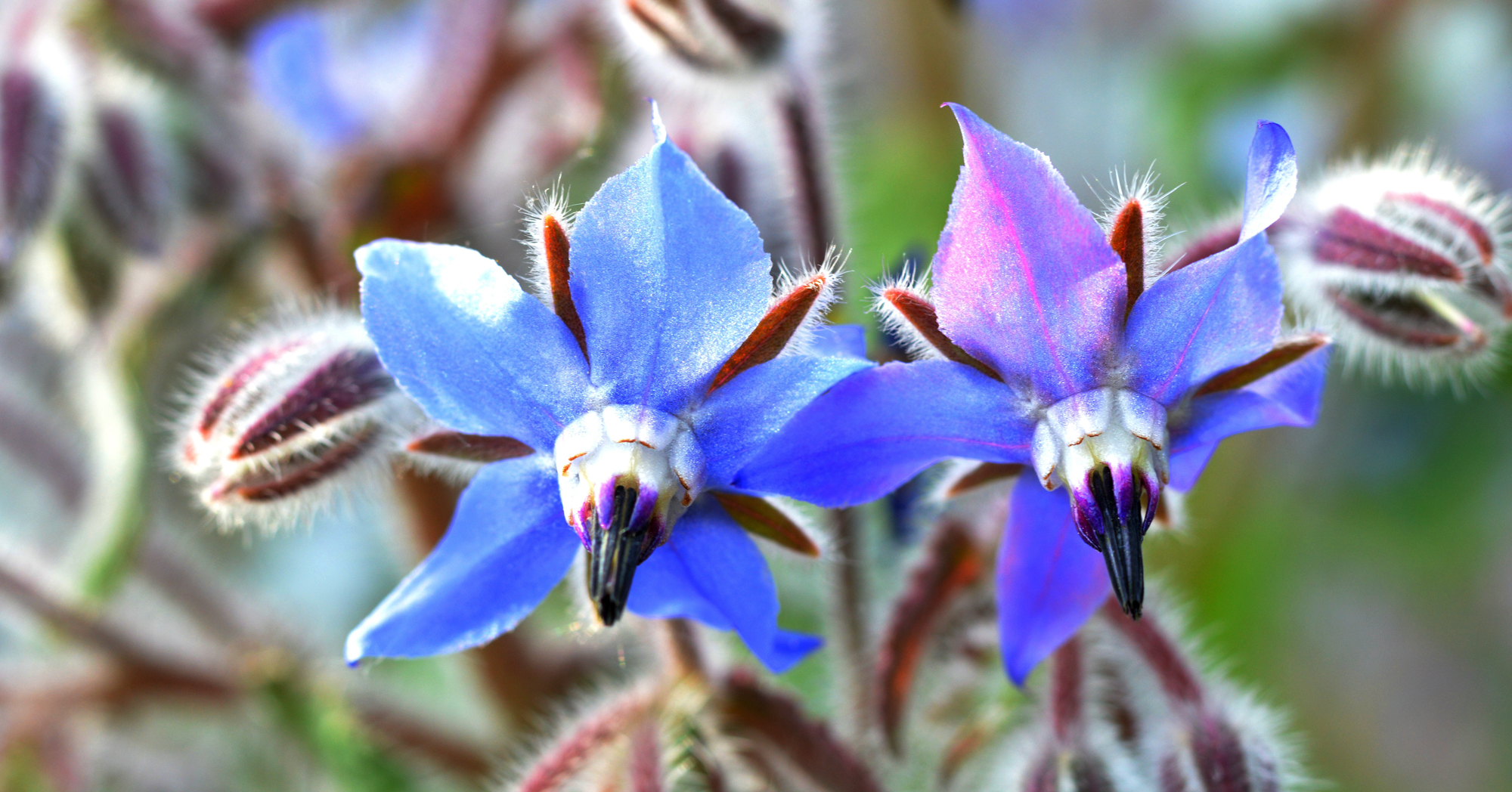
These intense blue and purple flowers might look a little scary close-up, but they are highly attractive to bees. Add the fact that they're self-seeding, so you only need to plant them once, and you're on your way to a beautiful bee-friendly garden. Borage is actually an herb, so you can eat both the flowers and leaves. They make a great addition to salads or to make a dessert look fancier.
Love In A Puff
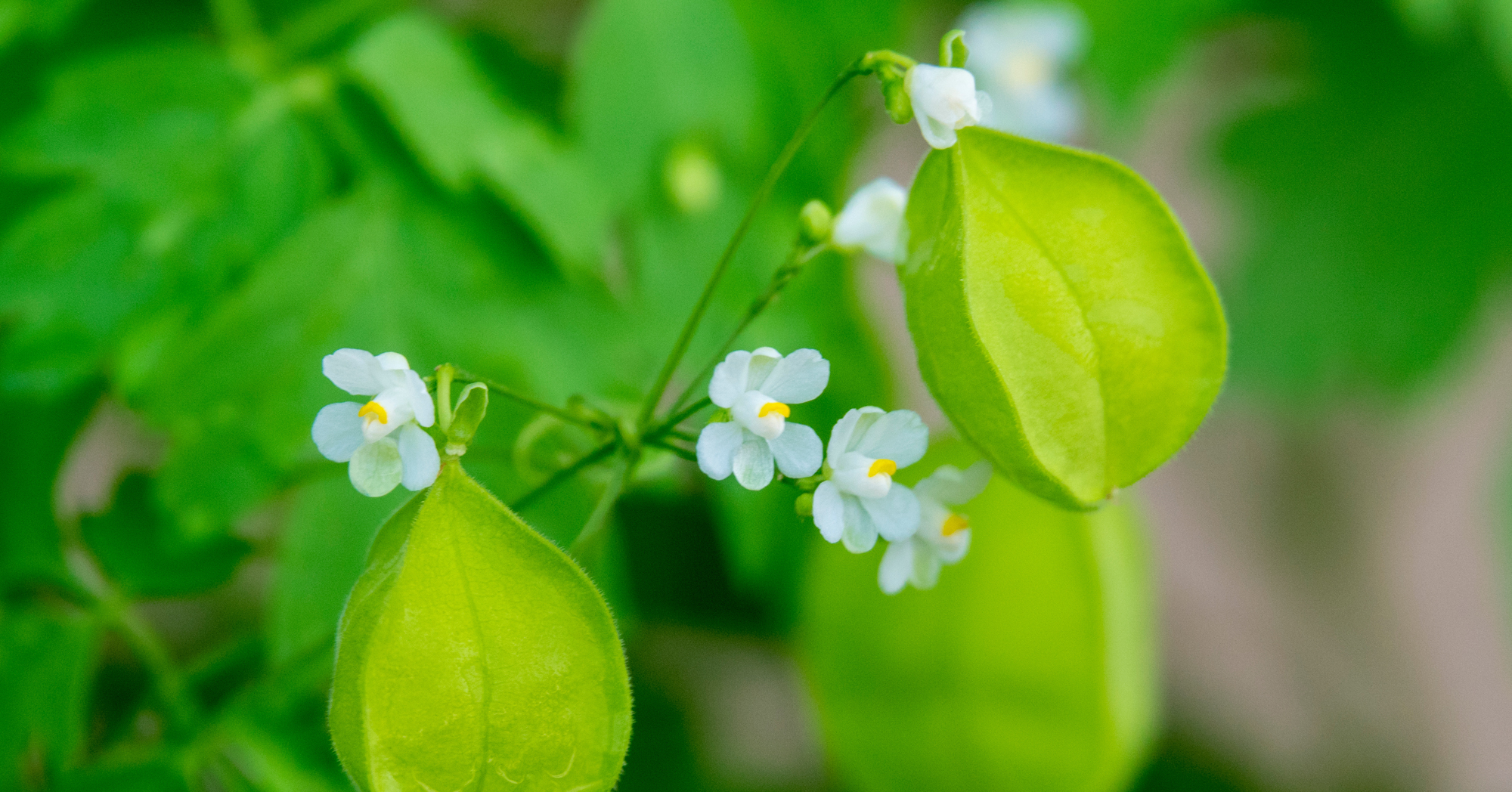
Also called Balloon Vine, Cardiospermum halicacabum (that's a mouthful) is a unique self-seeding vine that grows well along a trellis. It's best to grow this plant in full sun and well-draining soil. Water frequently to keep it looking healthy. The balloon-like seed pod will drop a number of seeds to keep this plant growing year after year. In addition to the lantern-shaped seed pods, this plant will also produce small white flowers.
Butterflies Can't Resist These Flowering Plants
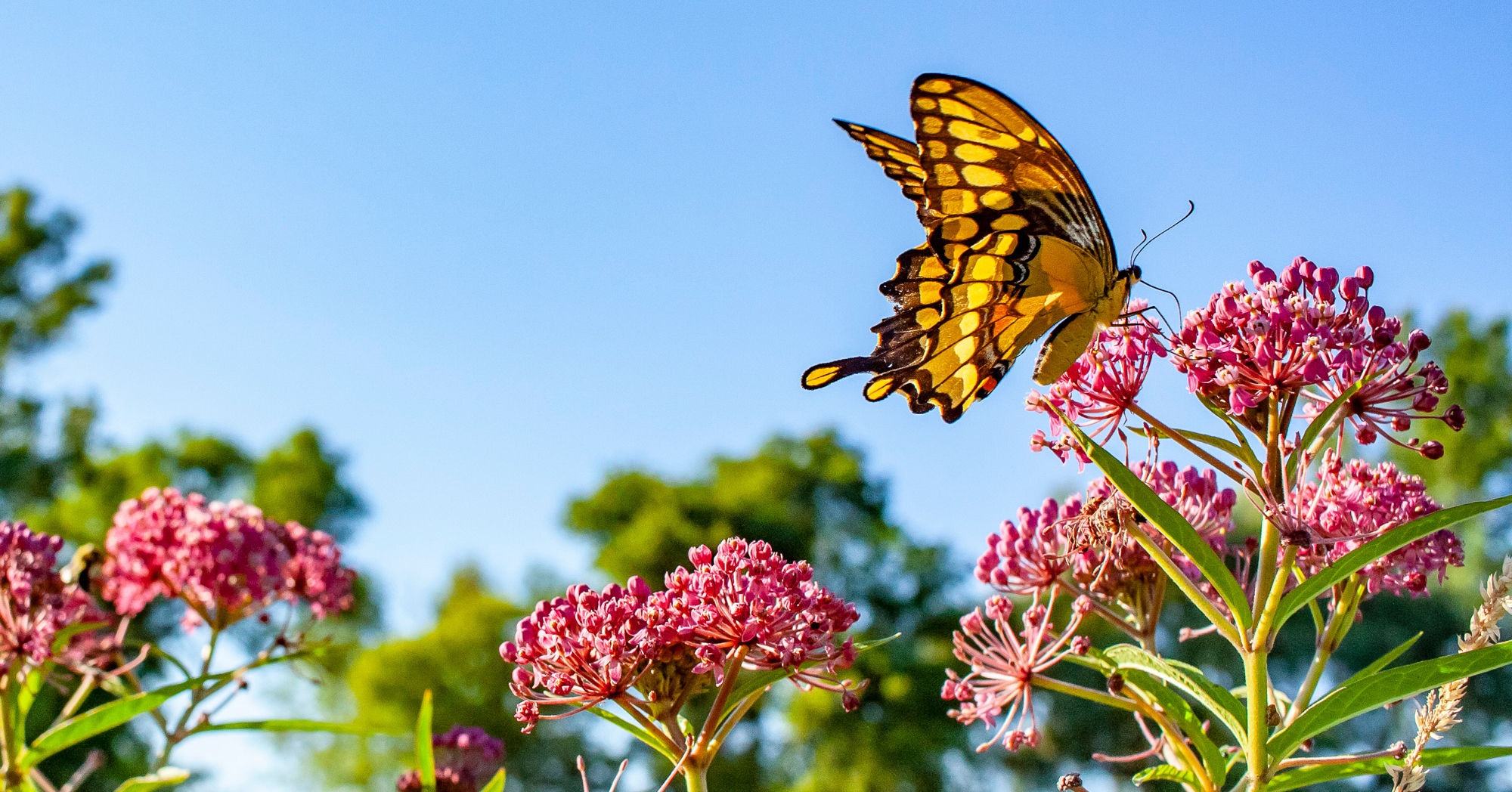
Watching butterflies around your garden is a great way to relax and unwind. Encouraging these beautiful insects to come into your yard is as simple as growing plants they're attracted to. While nearly any flowering plant will bring butterflies into your garden, the plants in this list are tried-and-true butterfly favorites.
12 Popular Plants to Absolutely Avoid Growing In Your Garden

While gardening can be fun, make sure you avoid the plants on this list unless you want a headache. Some plants can become quite invasive, and others have roots that can destroy the foundation of your house or break up sidewalks. Keep these plants out of your garden, and you're on your way to a more pleasant and low-maintenance gardening experience.
Help Save The Bees By Planting These Flowers In Your Garden
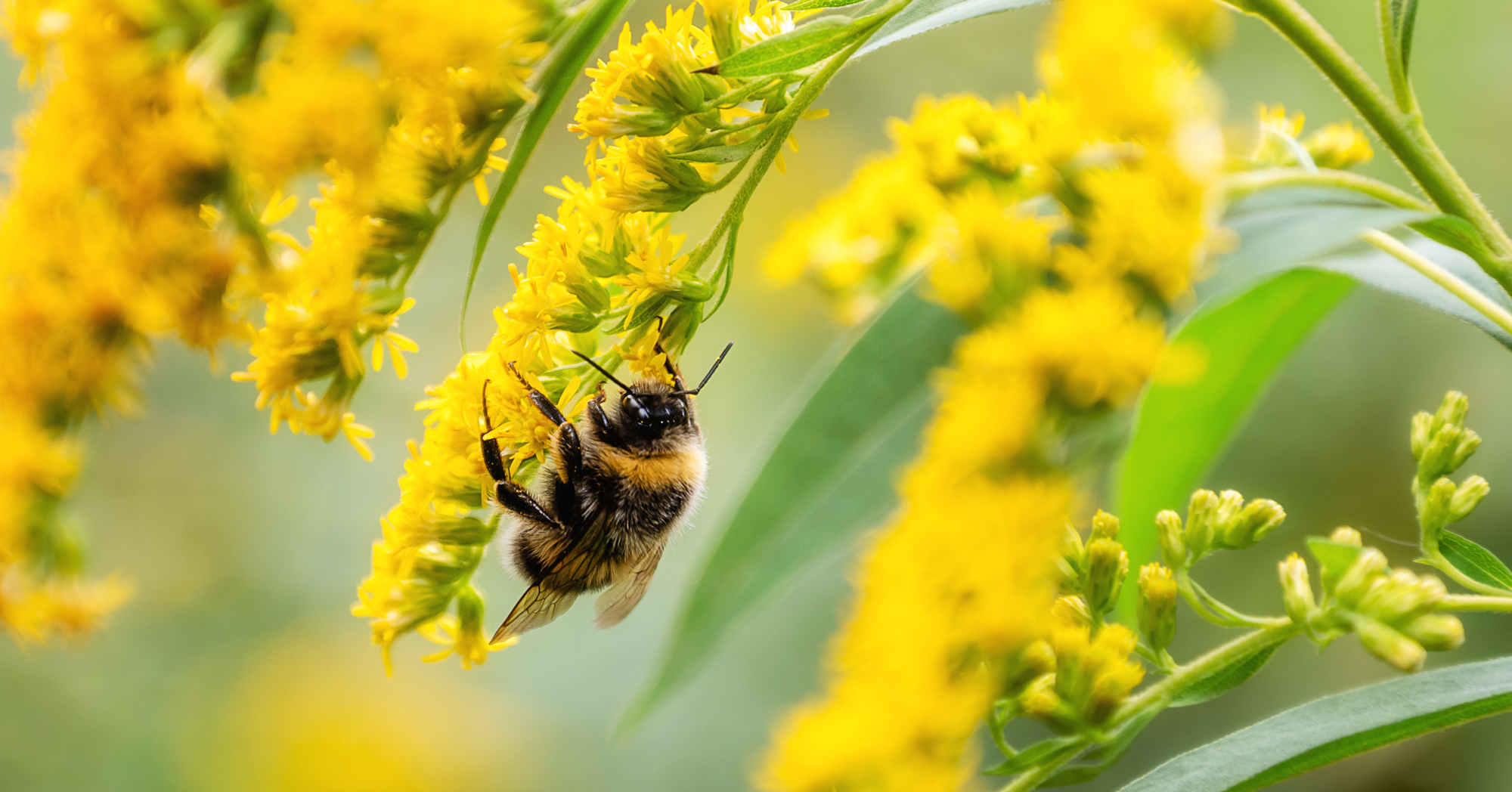
One of the best ways to help the bee population grow is by providing them with plenty of food. You can easily do this by planting bee-friendly flowers in your garden. Also, be sure to avoid using pesticides and make sure there is a water source nearby to help them stay healthy. There are several varieties of plants that are sure to attract bees to your garden and help these busybodies pollinate the fruits and vegetables we love to eat.
The Worst Gardening Mistakes Beginners Make Regularly
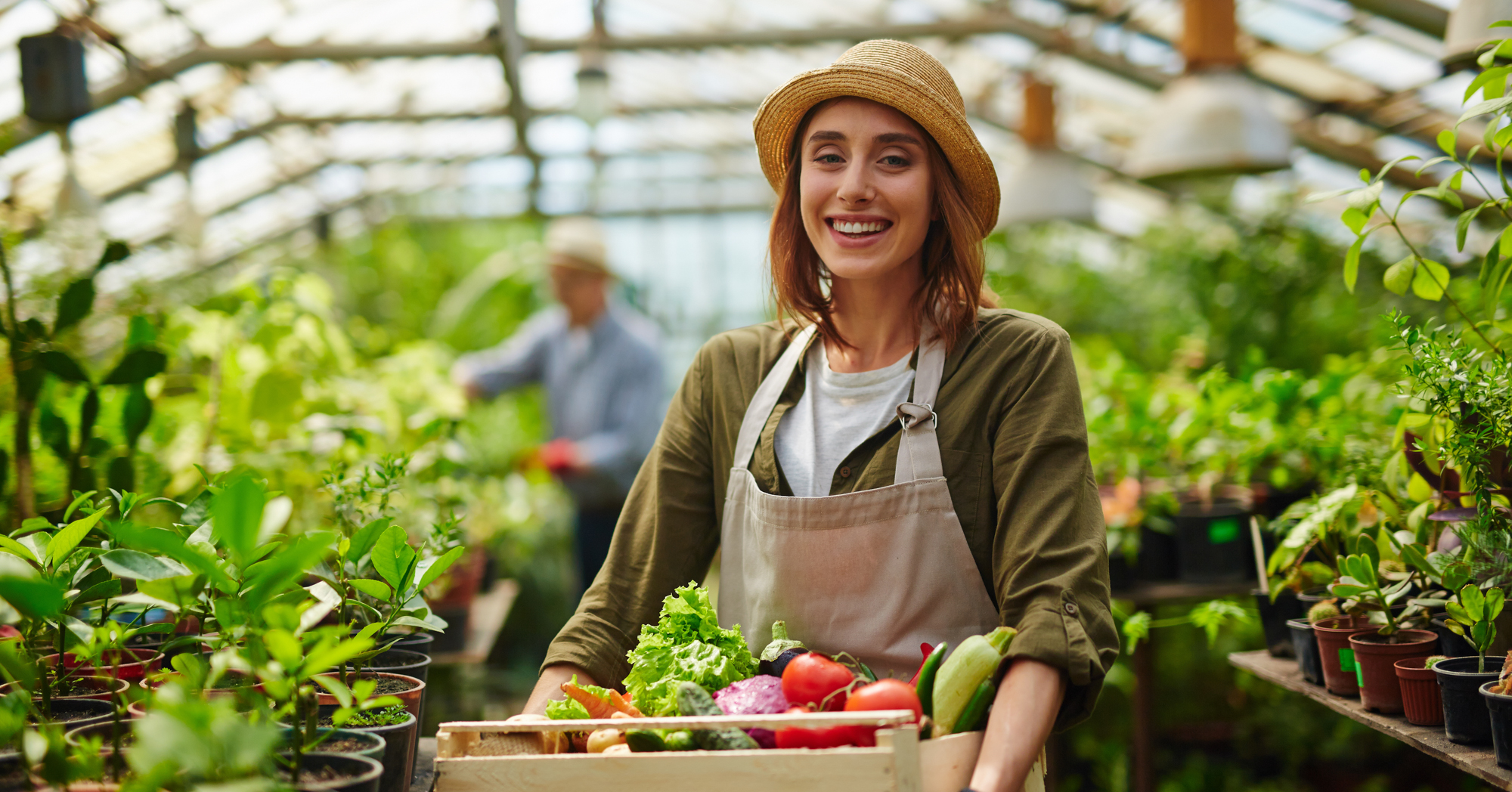
Gardening is a lot of fun but can also be quite overwhelming if you're just starting out. Naturally, new gardeners often learn from what they see more experienced growers doing. Sometimes this can lead to mistakes as beginners don't have the same knowledge and experience. These mistakes can be avoidable, but you have to know what to look for.
Yes, Your Succulent Is Probably Dying, But Here's What To Do About It
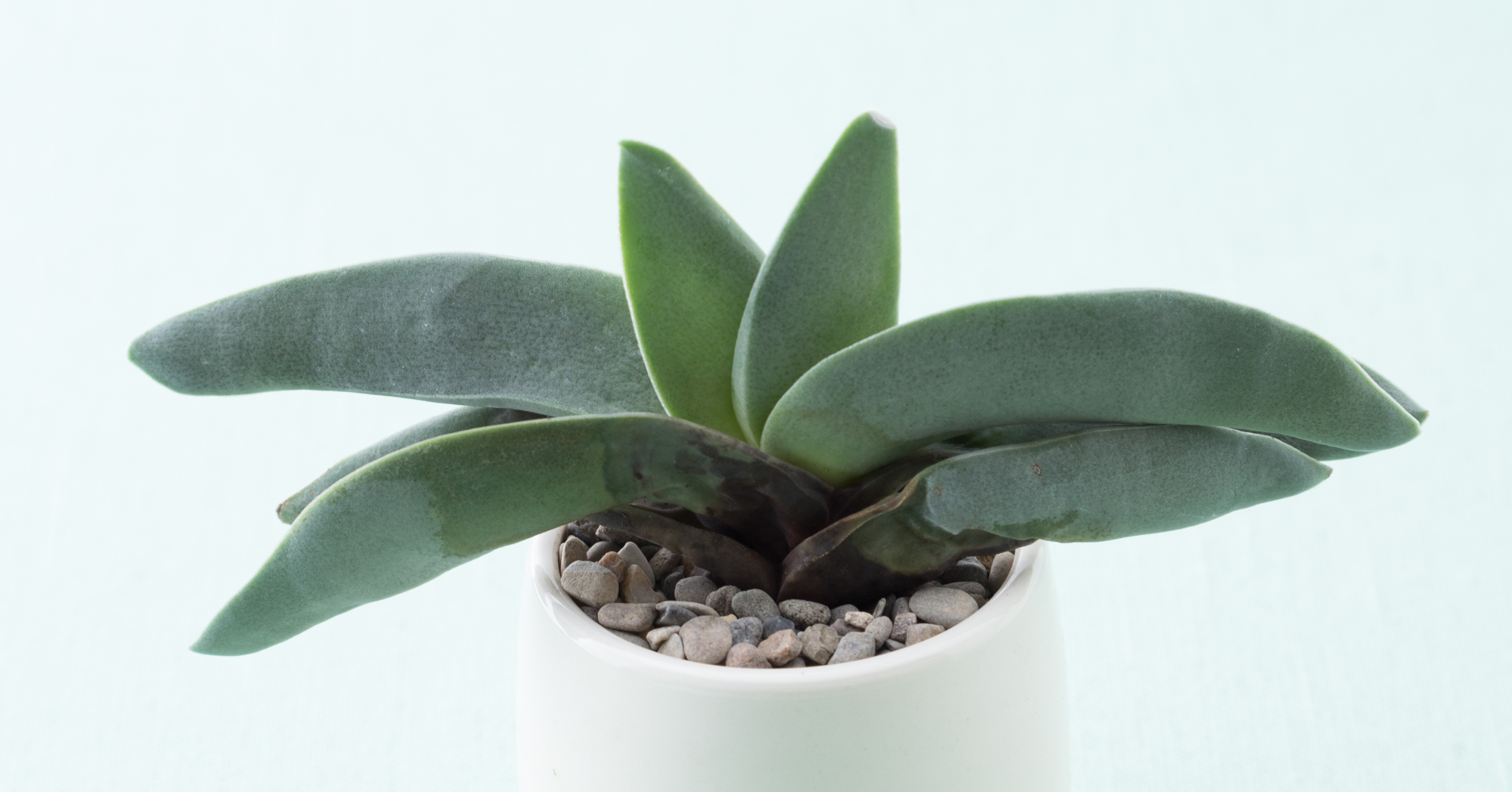
There are a number of reasons your succulent might not be looking great. Find out how to tell what's wrong with your succulent and how you can fix it or prevent it from happening again.
This article originally appeared on Succulents and Sunshine.